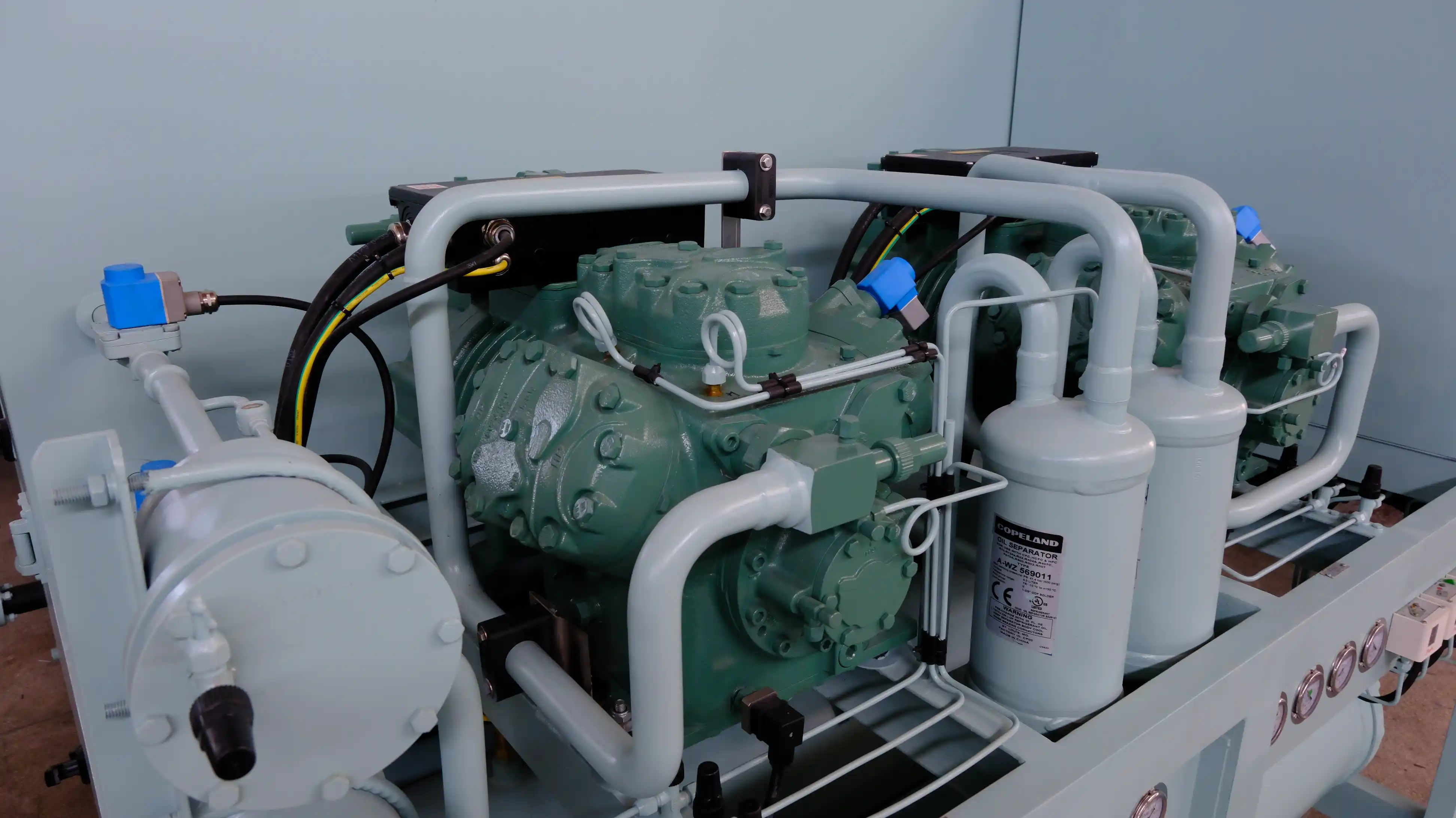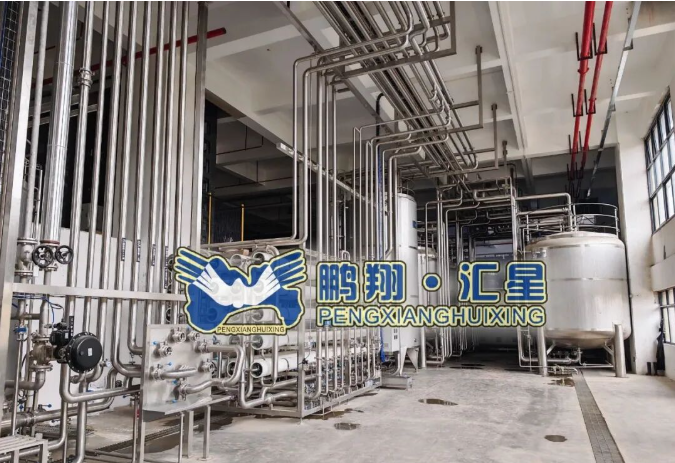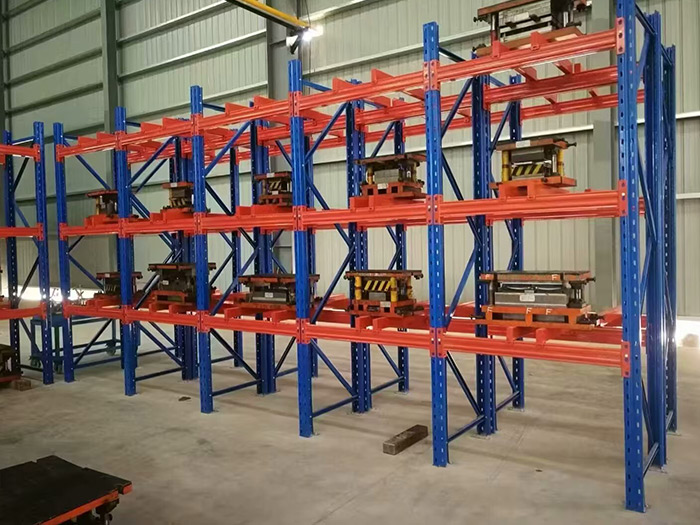Unveiling the Hidden Culprits: Understanding the Failure Modes of Machines
In the realm of industrial operations, machines play a pivotal role in ensuring efficiency and productivity. However, even the most robust machines are susceptible to failure. Understanding the failure modes of machines is crucial for maintenance professionals and engineers to prevent breakdowns, optimize performance, and minimize downtime. In this comprehensive blog post, we will delve into the various failure modes of machines, exploring their causes, effects, and preventive measures.
- Mechanical Failure Modes:
1.1 Fatigue Failure:
Fatigue failure occurs when a machine component undergoes repeated loading and unloading, leading to the accumulation of microcracks and eventual fracture. Factors such as cyclic stress, inadequate design, and material defects contribute to fatigue failure. Regular inspections, proper lubrication, and material enhancements can mitigate this mode of failure.
1.2 Wear and Abrasion:
Wear and abrasion result from the gradual loss of material due to friction, contact, or erosion. This failure mode is commonly observed in components such as bearings, gears, and belts. Implementing lubrication regimes, using wear-resistant materials, and employing protective coatings can extend the lifespan of machine parts.
1.3 Overload Failure:
Overload failure occurs when a machine component is subjected to excessive stress or load beyond its design limits. This can lead to deformation, cracking, or catastrophic failure. Proper load analysis, adherence to operational guidelines, and regular equipment calibration are essential to prevent overload failure.
- Electrical Failure Modes:
2.1 Insulation Breakdown:
Insulation breakdown refers to the failure of electrical insulation materials, resulting in short circuits, electrical leakage, or equipment malfunction. Factors such as aging, moisture, overheating, and voltage spikes contribute to insulation breakdown. Regular insulation testing, temperature monitoring, and moisture control can mitigate this failure mode.
2.2 Electrical Overload:
Electrical overload occurs when a machine or its components draw excessive current, surpassing the rated capacity. This can lead to overheating, component damage, or electrical fires. Proper circuit protection, load balancing, and regular maintenance of electrical systems are crucial to prevent electrical overload.
- Software and Control Failure Modes:
3.1 Software Bugs and Glitches:
Software bugs and glitches can cause machines to malfunction, resulting in unexpected behavior, system crashes, or data corruption. Thorough software testing, regular updates, and implementing robust error-handling mechanisms are essential to minimize software-related failures.
3.2 Control System Failure:
Control system failure can occur due to sensor malfunctions, communication errors, or incorrect programming, leading to improper machine operation or shutdown. Regular sensor calibration, redundancy in critical components, and periodic control system audits can help prevent control system failures.
Conclusion:
Understanding the failure modes of machines is crucial for maintaining operational efficiency and preventing costly breakdowns. By addressing mechanical, electrical, and software/control failure modes, industries can enhance machine reliability, extend lifespan, and optimize performance. Implementing preventive measures such as regular inspections, proper maintenance, and adherence to operational guidelines will ensure smooth operations and minimize downtime. Stay proactive, and your machines will reward you with uninterrupted productivity.



